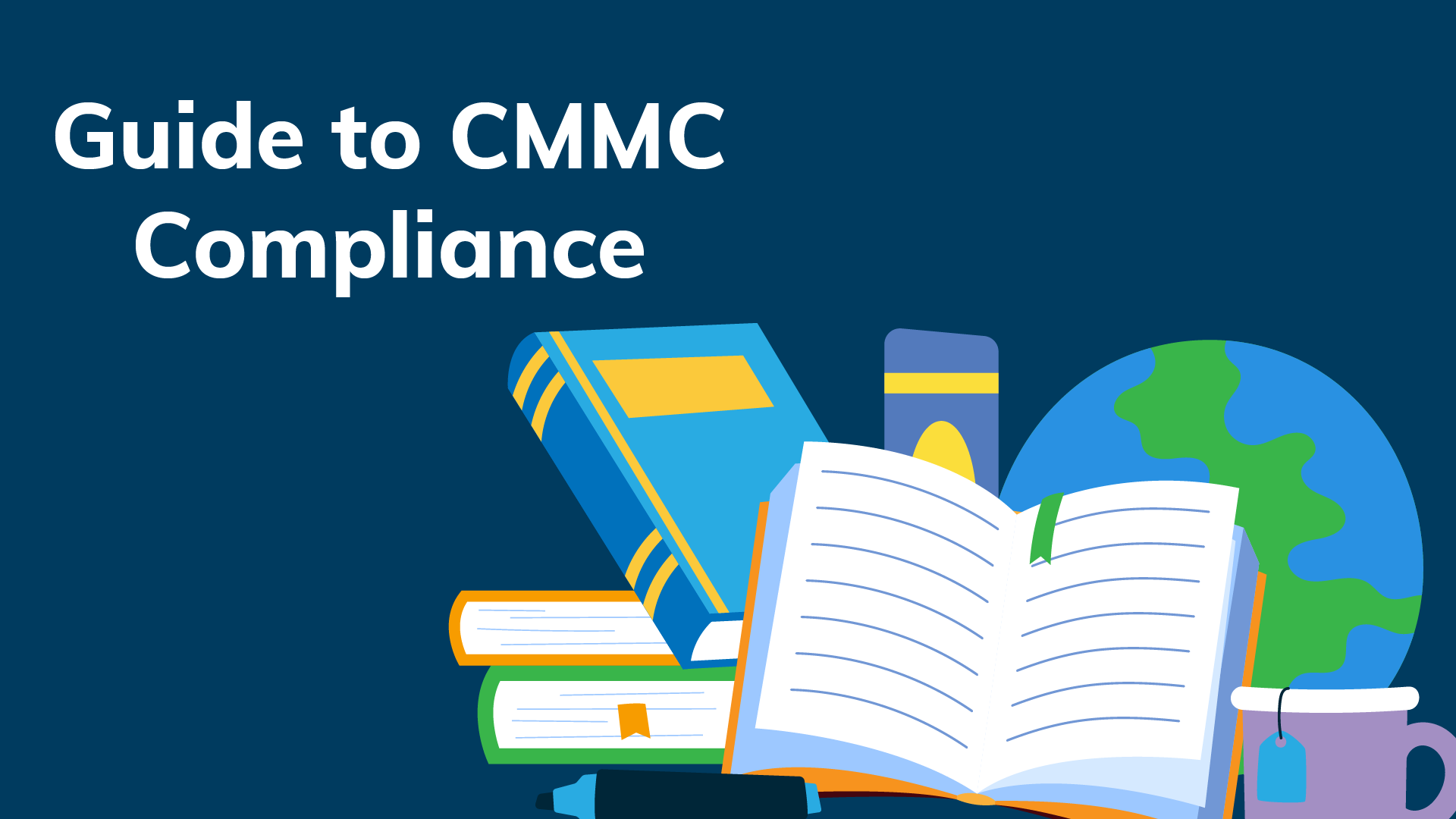It’s often said that the devil is in the details, and nowhere is this truer than when dealing with the CMMC certification process. Small, seemingly insignificant mistakes can snowball into significant obstacles. Overlooking a minor update, skipping a simple step, or failing to maintain consistency might appear harmless at first glance, but it can throw your entire certification process off track.
The CMMC guide acts as a map, helping businesses stay on course, but it requires careful attention to every instruction. By focusing on the finer details, organizations can avoid common pitfalls and ensure a smoother path to certification success.
The Role of Tiny Oversights in Delaying Certification
One of the most common reasons businesses face delays in certification is the accumulation of small errors. It’s not always the big tasks that trip teams up—it’s the little ones that slip through the cracks. Forgetting to document a control or misconfiguring a minor security feature can add weeks, if not months, to the certification timeline.
These oversights often stem from assuming certain steps aren’t essential. For example, neglecting to review an access log might not seem critical until it becomes a point of failure during an audit. CMMC consulting emphasizes the importance of thoroughness, helping businesses catch these minor but impactful details before they escalate.
Focusing on the small things isn’t just about avoiding delays. It’s about building a habit of precision and care that sets the tone for long-term security practices. When organizations pay attention to the little things, the bigger pieces of the puzzle fall into place more naturally.
Why Accurate Documentation Matters More Than You Think
It’s easy to underestimate the value of detailed documentation. Many businesses see it as busywork rather than a cornerstone of compliance. However, inaccurate or incomplete records are one of the fastest ways to derail certification efforts.
Auditors rely on documentation to verify that an organization’s security measures meet the required standards. If logs, policies, or procedures are inconsistent or poorly maintained, it raises red flags and creates extra scrutiny. A well-maintained CMMC guide helps organizations stay organized, ensuring that their records reflect their actual practices.
Good documentation also serves as a reference point for internal teams. It helps employees understand their roles and responsibilities within the compliance framework. By keeping records up to date and accurate, businesses not only satisfy certification requirements but also streamline their internal processes.
How Missing Small Steps Can Lead to Big Compliance Failures
In the rush to meet certification deadlines, it’s tempting to skip what seem like minor steps. Unfortunately, these shortcuts can lead to significant compliance failures. Small omissions—like not applying a security patch or overlooking a single access permission—can create vulnerabilities that put an organization’s data at risk.
These issues often arise when businesses prioritize speed over thoroughness. A robust CMMC guide helps keep teams accountable by outlining every step, no matter how small, in a clear and manageable way. This ensures nothing gets skipped in the rush to check off tasks.
Compliance isn’t just about ticking boxes. It’s about creating a secure environment that protects sensitive information. By addressing every step, organizations reduce their risk of breaches and ensure that their certification holds up under scrutiny.
Paying Attention to Hidden Requirements That Often Get Skipped
CMMC requirements include several lesser-known elements that often get overlooked. These hidden requirements can be easy to miss if teams focus solely on the more obvious parts of the framework. For example, businesses might implement robust cybersecurity measures but forget to document their incident response testing, leaving a critical gap.
CMMC consulting helps uncover these hidden requirements by providing detailed insights into the framework. Consultants guide businesses in identifying and addressing areas that are commonly skipped. This proactive approach ensures that no aspect of the framework is left unattended.
Focusing on hidden requirements also helps organizations go beyond basic compliance. It demonstrates a deeper understanding of the framework, giving auditors confidence in their practices and reducing the likelihood of follow-up inquiries.
The Impact of Overlooking Minor Updates on Long-Term Security
Cybersecurity isn’t static. Threats evolve, and so do the measures needed to combat them. Overlooking minor updates—whether it’s a software patch or a policy revision—can have long-term consequences for an organization’s security posture.
Regularly reviewing and updating practices is a key part of the CMMC guide. It helps businesses stay aligned with current standards while addressing new challenges as they arise. Failing to keep up with these updates not only jeopardizes certification but also leaves systems vulnerable to attacks.
Minor updates might seem unimportant in the moment, but they play a significant role in maintaining a strong defense. Consistency in this area builds resilience, ensuring that organizations remain compliant and secure over time.
Why Consistent Attention to Details Builds Certification Success
Certification isn’t a one-time effort. It’s an ongoing commitment to maintaining high standards. Consistent attention to details is what separates successful organizations from those that struggle to meet requirements.
CMMC consulting emphasizes the importance of creating processes that support this consistency. By establishing routines for monitoring, documenting, and reviewing compliance efforts, businesses can avoid the pitfalls that come from neglecting the small stuff.
This consistency doesn’t just benefit certification—it creates a culture of responsibility and precision. Employees learn to value thoroughness, and the organization becomes more adept at handling cybersecurity challenges. Over time, this attention to detail becomes second nature, driving both compliance and overall security success.


